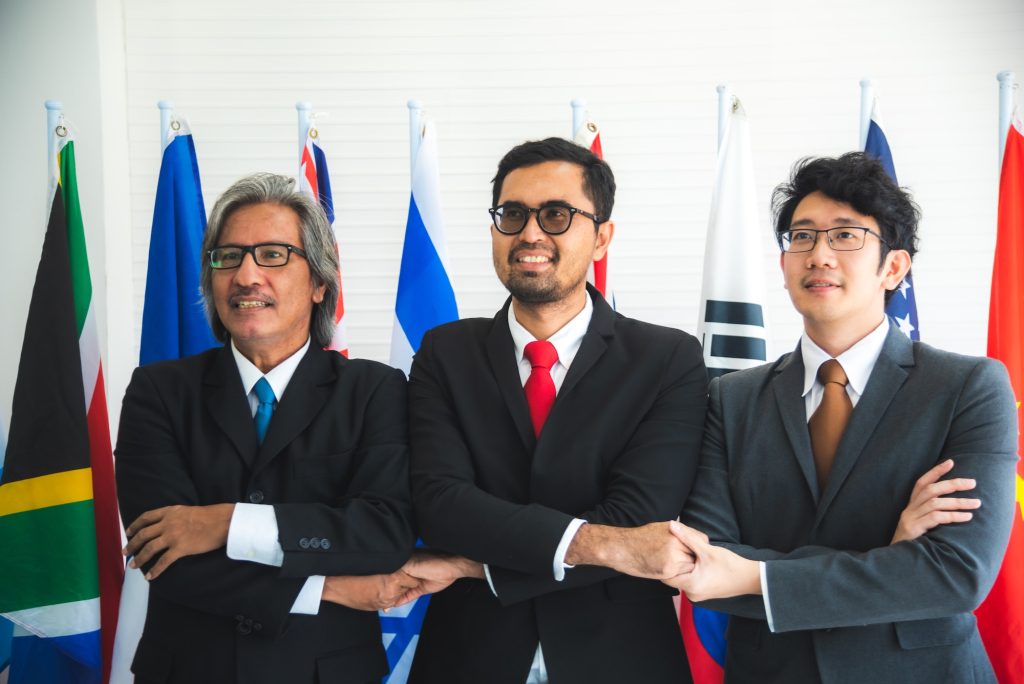
Diplomatic persuasion and influence are two of the most important aspects of diplomacy. Diplomacy is negotiating between countries or groups to achieve a particular goal. Diplomatic persuasion and influence are essential tools for diplomats to attain their objectives.
Diplomatic persuasion refers to convincing others to adopt a particular point of view or course of action. It involves using various techniques such as negotiation, compromise, and communication skills to persuade others. Diplomats use diplomatic persuasion to convince other countries or groups to support their policies or initiatives.
One example of diplomatic persuasion is the negotiation process that led to the signing of the Paris Agreement on climate change in 2015. The agreement was signed by 195 countries, each with its interests and priorities. Diplomats from different countries used various techniques such as compromise, negotiation, and communication skills to persuade other countries to sign the agreement.
Another example is the Iran nuclear deal negotiated in 2015 between Iran and six world powers (the United States, Russia, China, France, Germany, and the United Kingdom). The deal aimed to limit Iran’s nuclear program in exchange for lifting economic sanctions against Iran. Diplomats from all sides used diplomatic persuasion techniques such as negotiation and compromised to reach an agreement that satisfied all parties involved.
Diplomatic influence refers to the ability of one country or group to affect another country’s decision-making process without using force. It involves using soft power tools such as cultural exchanges, economic incentives, and public diplomacy campaigns. Diplomats use diplomatic influence when they want other countries or groups to align their policies with their interests.
One example of diplomatic influence is China’s Belt and Road Initiative (BRI), which promotes economic development through infrastructure projects across Asia, Europe, Africa, and Latin America. China uses its economic power and financial resources to influence other countries policies and decision-making processes.
Another example is the United States public diplomacy campaigns, which aim at promoting American values and culture abroad. The US government uses various tools such as cultural exchanges, educational programs, and media outreach to influence public opinion in other countries.
